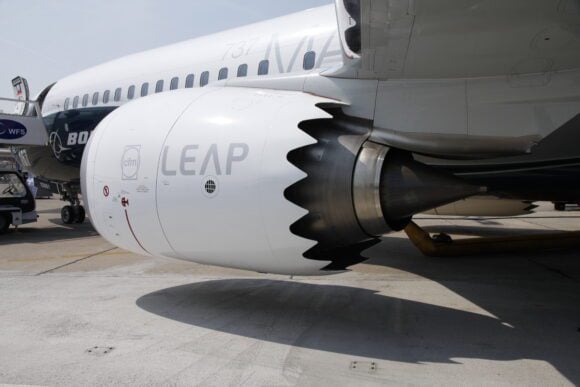Near the year end, we had an opportunity to visit GE Aviation’s Additive Technology Center in Cincinnati. It was an eye-opening experience. The progress the company has made in developing this technology is remarkable. The visit left us in no doubt that GE will deploy additive wherever it can because its value is so compelling.
The Additive Technology Center is a testbed of sorts for GE Aviation. If a part is appropriate for additive, they figure out how to build the part using the additive process, then they start to work on industrializing the process.
While we were under a strictly “no pictures” visit, GE did share some images with us for this story.
As this chart demonstrates, additive manufacturing is a relatively new technology. It was GE Aviation that saw the advantages of moving into this business. The company bought a local additive leader called Morris Technologies and never looked back. The team at Morris was small but had a culture where experimenting with machines was encouraged to help improve the additive manufacturing process. Truly along the lines of “you need to break eggs to make an omelet,” this small team quickly rose to industry prominence because they did not fear trying new ideas and methods, pushing machines to greater limits and making geometries once thought impossible. GE Aviation was an early customer and readily saw the vast potential for additive manufacturing.
The chart also shows how GE as a company moved up the learning curve. This started with the development of the LEAP fuel nozzle through to the Advanced Turboprop engine, which is comprised of approximately 34% additive parts.
The Additive Technology Center is a testbed of sorts for GE Aviation. If a part is appropriate for additive, they figure out how to build the part using the additive process, then they start to work on industrializing the process.
Based on GE’s experience and success in additive manufacturing, the company launched a new company. GE Additive is dedicated to offering machines, materials and engineering services to companies interested in using additive manufacturing. The chart shows the recent acquisitions of Arcam and Concept Laser – these firms allow GE Additive to sell existing metal-based machines and develop and build machines internally. In addition, through their AddWorks program, GE Additive offers design, materials development, and industrialization services to take advantage of GE’s experience and shorten the learning curve for introducing additive.
GE’s confidence in this group is summed by the next chart. GE has developed a global network with 24 locations. These locations cover R&D, production, and support.
GE Additive’s mission for the new business is outlined below.
These three data points are big numbers. The first two are self-evident. The third is just amazing. All GE businesses see additive manufacturing as an opportunity to reduce the costs of making products and are working toward some lofty cost-out goals.
The disruptive impact of GE’s additive process is moving ahead also with the Arcam and Concept Laser teams developing larger machines – bigger machines allow for bigger parts. GE is reluctant to discuss the impact of these parts in the supply chain. Using a GE engine may end up being cheaper to own and operate because of this technology. The impact from GE’s first experience with Morris Technologies will reverberate for a long time and may change how we understand commercial aero engines.
Views: 8




